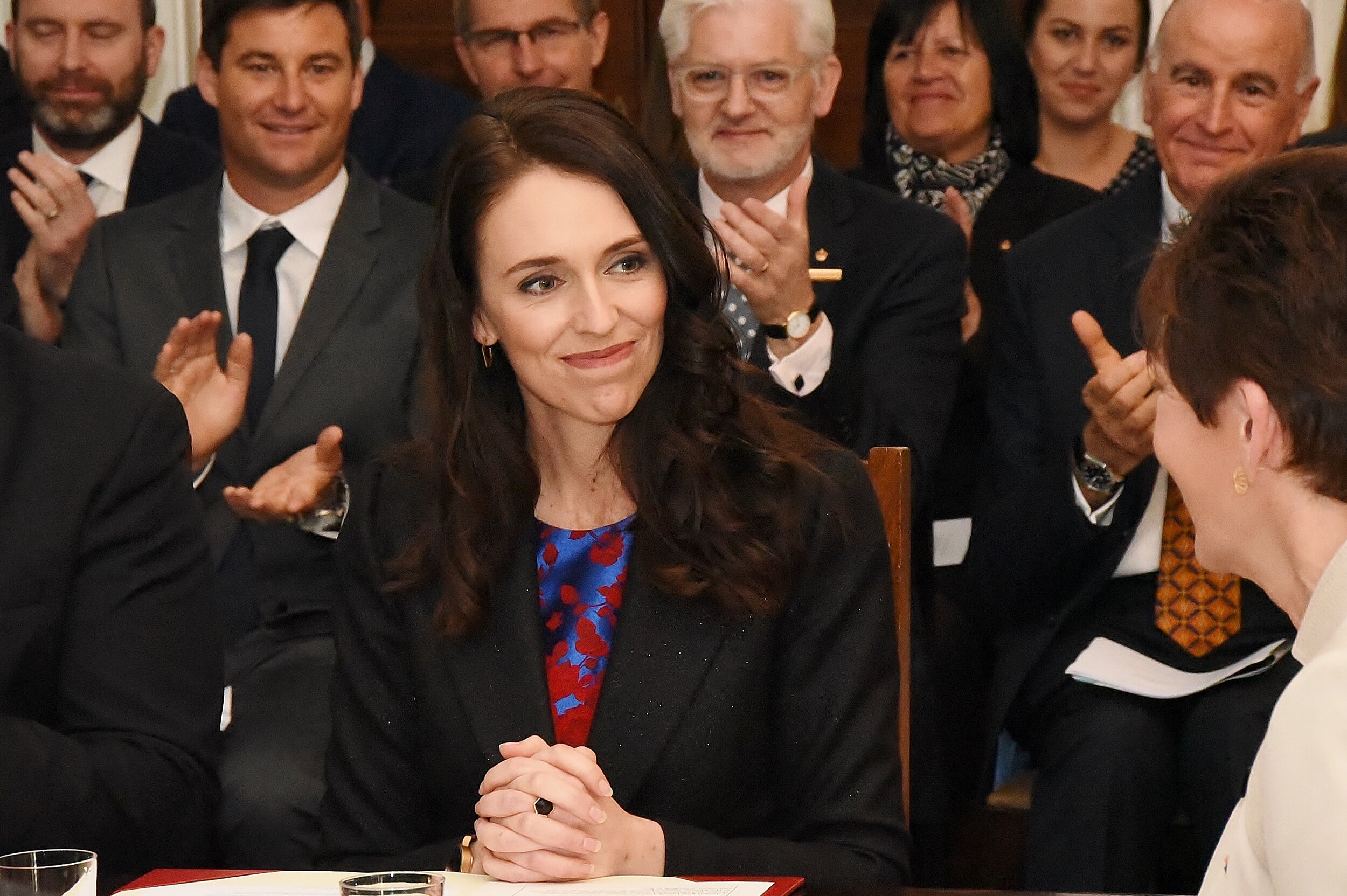New Zealand Removes Restrictive Refugee Policy
Many see Ardern as a global leader in support of refugees. (Wikimedia Commons)
The government of New Zealand’s prime minister, Jacinda Ardern, has abolished a refugee policy that many left-leaning New Zealanders called racist, according to the New York Times. The policy is a family link refugee policy, which requires refugees from Africa and the Middle East to have family already living in New Zealand.
The policy was introduced by the previous center-right government that held power before Ardern’s government. However, government documents also disclose a desire to save money on resettlement costs and “broad security concerns.” The claimed purpose of the policy was to prioritize refugees in the Asia-Pacific region. Under the old policy, refugees from the Middle East and Africa were each allocated 14 percent of New Zealand’s annual refugee quota of 1,000. However, Murdoch Stephens, a lecturer at Massey University, reported that with the family link policy the quota was not being met. In 2015-2016, only four refugees were accepted from Africa.
This policy is particularly important to Arden, who since the Christchurch mosque attack, has been seen as a global leader in support of refugees. Her government has now been in power for nearly two years.
Iain Lees-Galloway, the immigration minister, said that the regional quotas for the Middle East and Africa will be increased by one to 15 percent. Fifty percent will come from the Asia-Pacific and 20 percent from the Americas. Overall, New Zealand will also increase its general refugee quota to 1,500. Moreover, the government announced $NZ6.6 million ($4.2 million) of funding toward the Welcoming Communities program in the next four years.
The policy contrasts with the United States, which has recently decided to decrease the number of refugees it will let into the country.
The United Nations Refugee Agency (UNHCR) released a statement claiming, “UNHCR welcomes today’s shift in New Zealand policy that means irrespective of their location around the world, refugees have the opportunity to restart their lives in a safe and welcoming community.”

